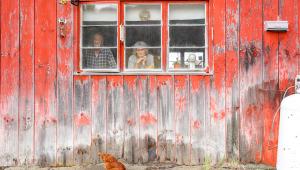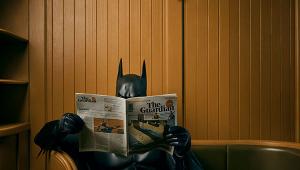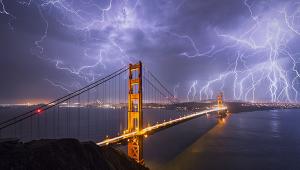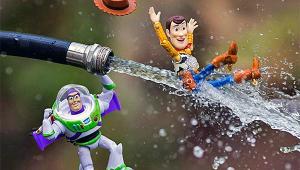Land Warrior: With Stunning Images, Sebastian Copeland Aims to Reconnect Us With Nature
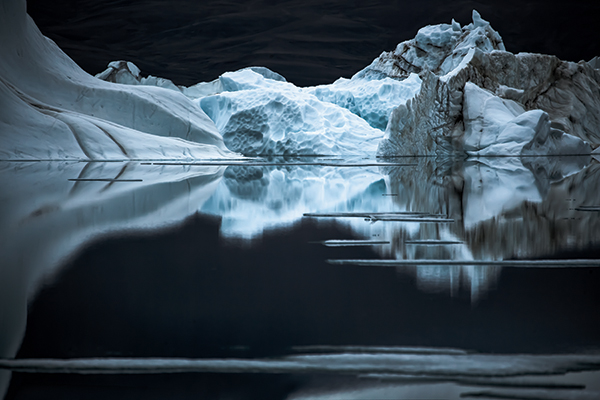
All Photos © Sebastian Copeland
Early in our talk, Sebastian Copeland mentions the relationship of art with nature, and how photographers who work outdoors end up loving the landscape and wanting to preserve the environment. He adds, “I’m fond of saying, ‘He who walks the land will become a warrior in its defense.’ It’s hard to venture into nature and the wild and appreciate the beauty of extraordinary landscapes and not feel a sense of responsibility to make sure they remain.”
A polar explorer, author, lecturer, environmental activist, and award-winning photographer, Copeland has led expeditions to polar regions to photograph endangered environments. As a teenager he read about polar explorers and had an early fascination for the region. He became educated in climate issues in the late 1990s. “Before that I saw the footprints on the planet, but not the much broader consequences of an existential threat.”
While he suggests that there will be a tipping point—“a critical time in our relationship to climate”—his aim isn’t to sound alarms or document that which may be lost. “This is a race happening in slow motion [within] a complex system…and my mission is to sensitize people to what we have, to help them rekindle the link that has been lost to urban development and technological advances.”
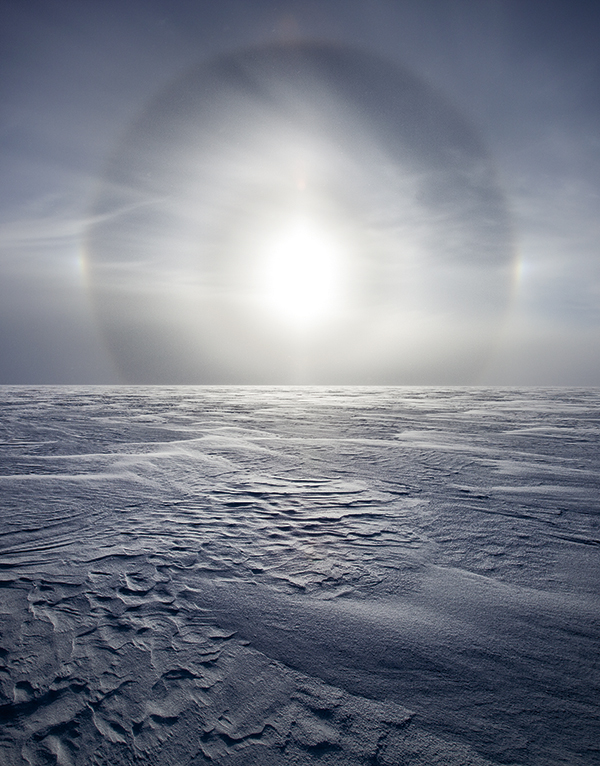
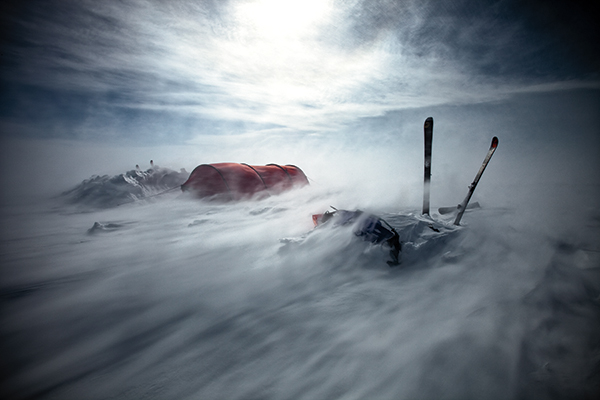
An Easy Subject
While the Arctic might seem like a foreboding place, Copeland thinks it’s a very relatable subject. “With the Arctic,” he says, “I picked an easy subject in terms of communication. Nothing communicates a warmer climate better than melting ice, so when you can talk about the shrinking density or thickness of ice you have a tangible way of communicating climate change.”
He takes a marketing approach to climate issues. “Photography is a way to trigger a collective moment of care,” he says. “We will not save what we don’t care about.”
He knows that most people won’t have the opportunity to see in person “the tremendous beauty that is the Arctic,” so he’s offered the message in hundreds of lectures around the world and in books, Antarctica: The Global Warning, Antarctica: A Call to Action, and, most recently, Arctica: The Vanishing North. In these books and his lectures he aims to “reconnect us with what sustains us, [but] I don’t come with a simplistic message that this beauty will someday be gone. I want people to think about their individual responsibility in relation to the science.”
Beautiful imagery is a step down from the actual experience of the Arctic, but Copeland believes it will have its result. “I’ll reach a broader audience with imagery, and the message will last longer. Memories fade, but the pictures are still there. Above all, the purpose of art is to generate emotions. You’re trying to trigger something that will make people respond from an emotional perspective. At the scientific level, we have tons of data, but when I talk to people there is always a place where they are receptive to emotion. I don’t do a slide show of my images and say, ‘Isn’t this beautiful? We should do something.’ I’m always tied to a more focused discussion on the changes and how they are affecting other systems.”
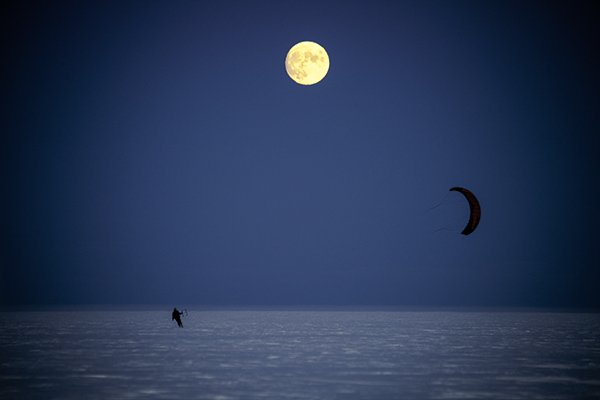
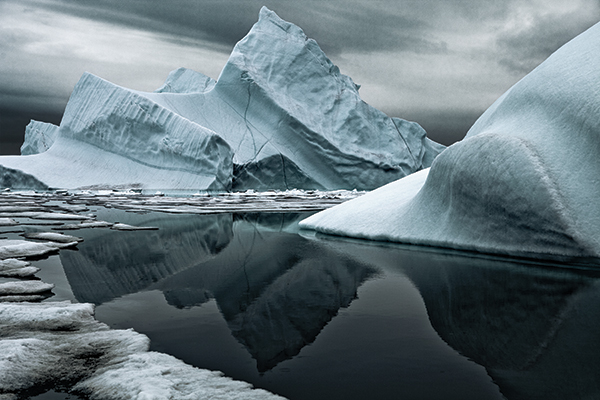
Caught in Frost
Copeland has been in the Arctic with large and medium format cameras, suffered through sprocket holes breaking in the cold and trying with frozen fingers to wind film into a cold camera body. It’s easier today, of course. Easier, not easy.
On expeditions he spends weeks, sometimes months, completely out of touch with the outside world, relying on a solar-cell rig to charge his camera batteries. Or not: on North Pole missions the sun is too low on the horizon for solar charging, so he carries lots of batteries or, once, 35 pounds of non-rechargeable batteries that were tethered by cable to his camera. That rig worked…until it didn’t.
His camera is always cold—“it’ll be caught in frost every single day”—and once, in 2009, a zoom lens split in half from the cold. “Photography in a cold environment is a challenge. In minus 10, minus 15, even minus 20 degrees, you’ll get by. When it’s minus 40 and 50, that’s different.”
In those environments, for example, you can’t look through the eyepiece. “The warmth of your eyelid will instantly fog it,” Copeland says, “and you can’t use live view—it takes too much power. So you rely on your knowledge of the viewpoint and your lens. You take a photo, see what it’s given you, and then adjust.”
He also relies on the histogram to be sure he’s not blowing out his whites or blocking up his blacks. “I don’t want too much contrast because I build it back in with Photoshop,” he adds. “I’m looking for as dull an image as possible. I rarely shoot when it’s sunny because images of ice in the sun immediately start to look like postcards. It’s not super-interesting creatively. Luckily you get tons of cloud cover and low contrast, and that’s when the subtleties of blues and greens and the details in the ice that you look for come out.”
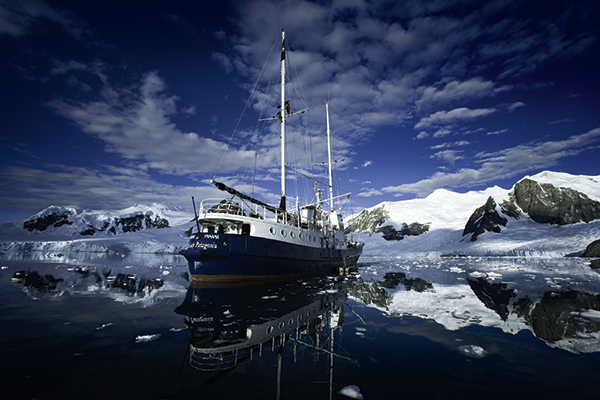
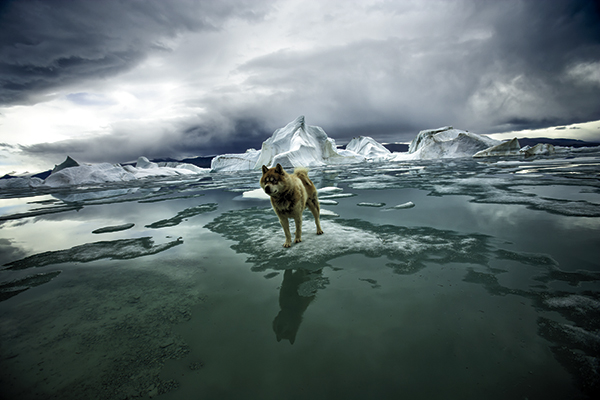
The Issue of Urgency
Sebastian Copeland’s been on the advocacy trail for over 15 years, and he’s learned to work within realistic expectations. He’s also learned to sharpen his messaging to its most effective edge. “It’s easy to tune people out, to lose your audience. People think, It’s just too big a problem; what can I do? There’s a place for stepping on the pedal and a place for finding the marketing and messaging angle that can coax people within their comfort zone, to help them steer themselves to the issue.”
He feels he, and we, are heading in the right direction. “But this is an all-hands-on-deck moment in history. It’s going to require the artists, the talkers, the scientists, the politicians, the stakeholders, the business leaders—everyone who’s got a skill to bring to this battle.”
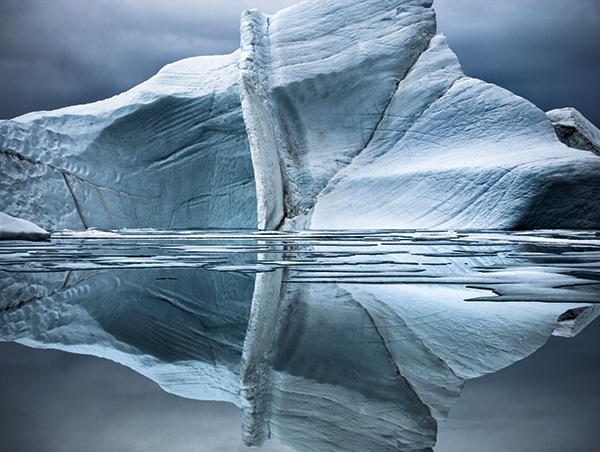
What’s In Copeland’s Gear Bag
“I’ve photographed with medium and large format in the Arctic, but these days I use only digital cameras and zoom lenses since it is all about travel and weight.”
His current lineup:
* Canon EOS 5D Mark III
* EF 16-35mm f/2.8L II USM
* EF 24-70mm f/2.8L II USM
* EF 100-400mm f/4.5-5.6L IS II USM

“I always bring a second body for backup, but only had to use it once, in Antarctica, during a three-month expedition when one body failed due to the incredible vibration from kite skiing at high speed on the rough ice.
“I have a compact Gitzo carbon tripod and a Manfrotto 488RC2 head for telephoto filming. I don’t use it to shoot stills as I’m generally with enough light (24 hours for the most part).
“And I have a 6x17 Linhof with a 90mm Schneider Super-Angulon f/5.6 lens that I take if I’m not on a subzero-temperature mission.”
There are galleries of images, information about Sebastian Copeland, his expeditions and activities, and scenes from his award-winning film, Into the Cold, at sebastiancopelandadventures.com.




